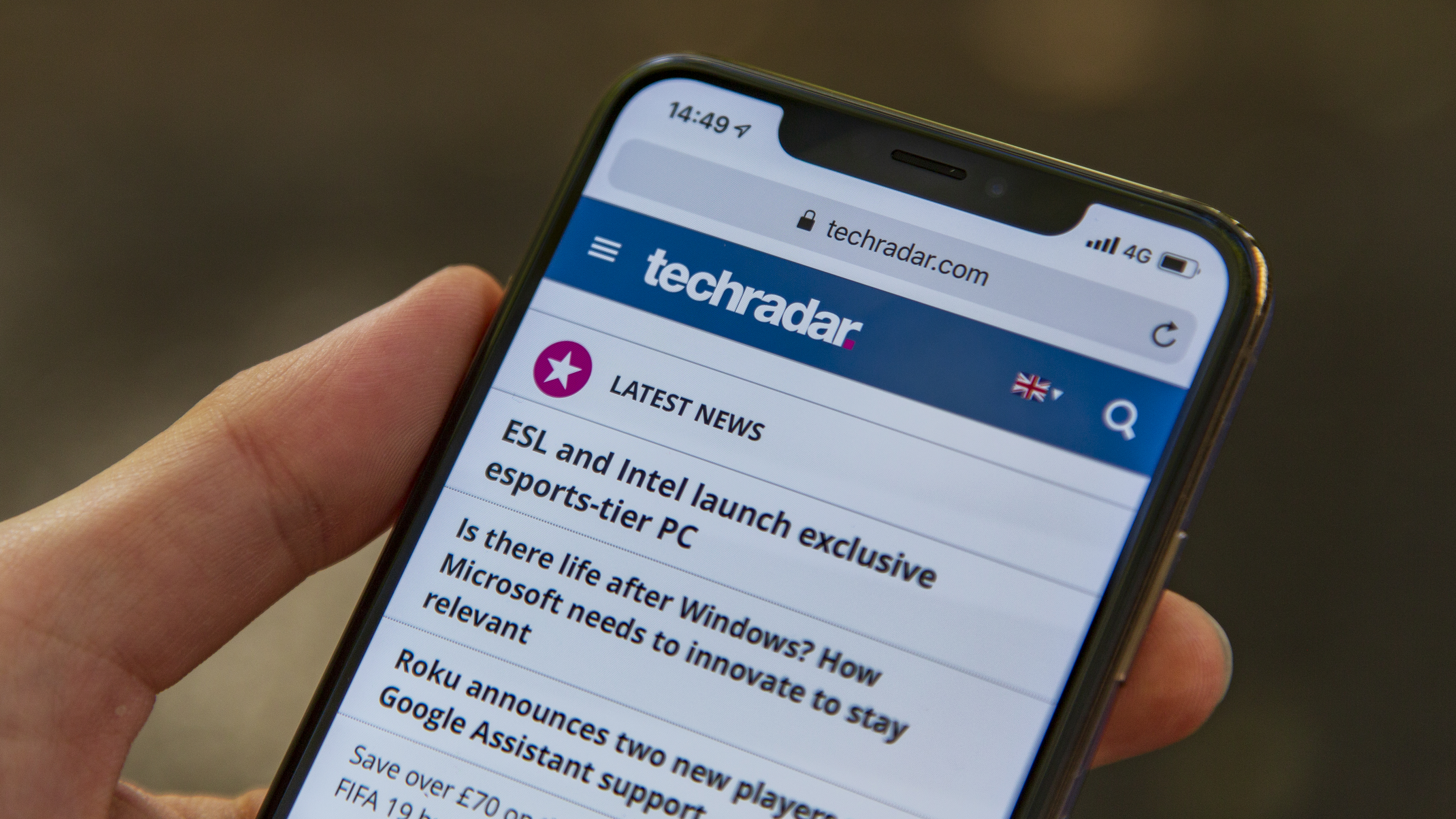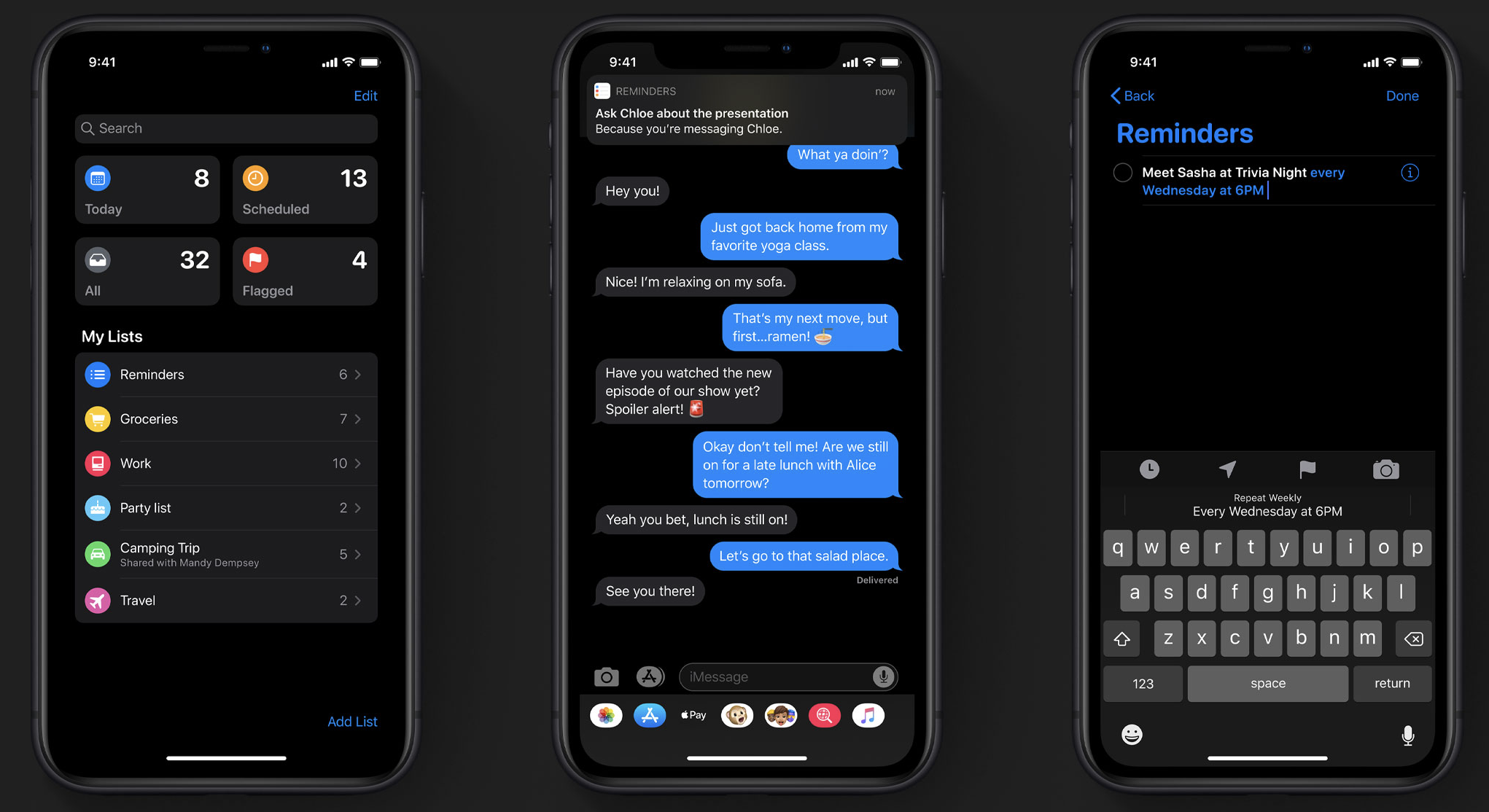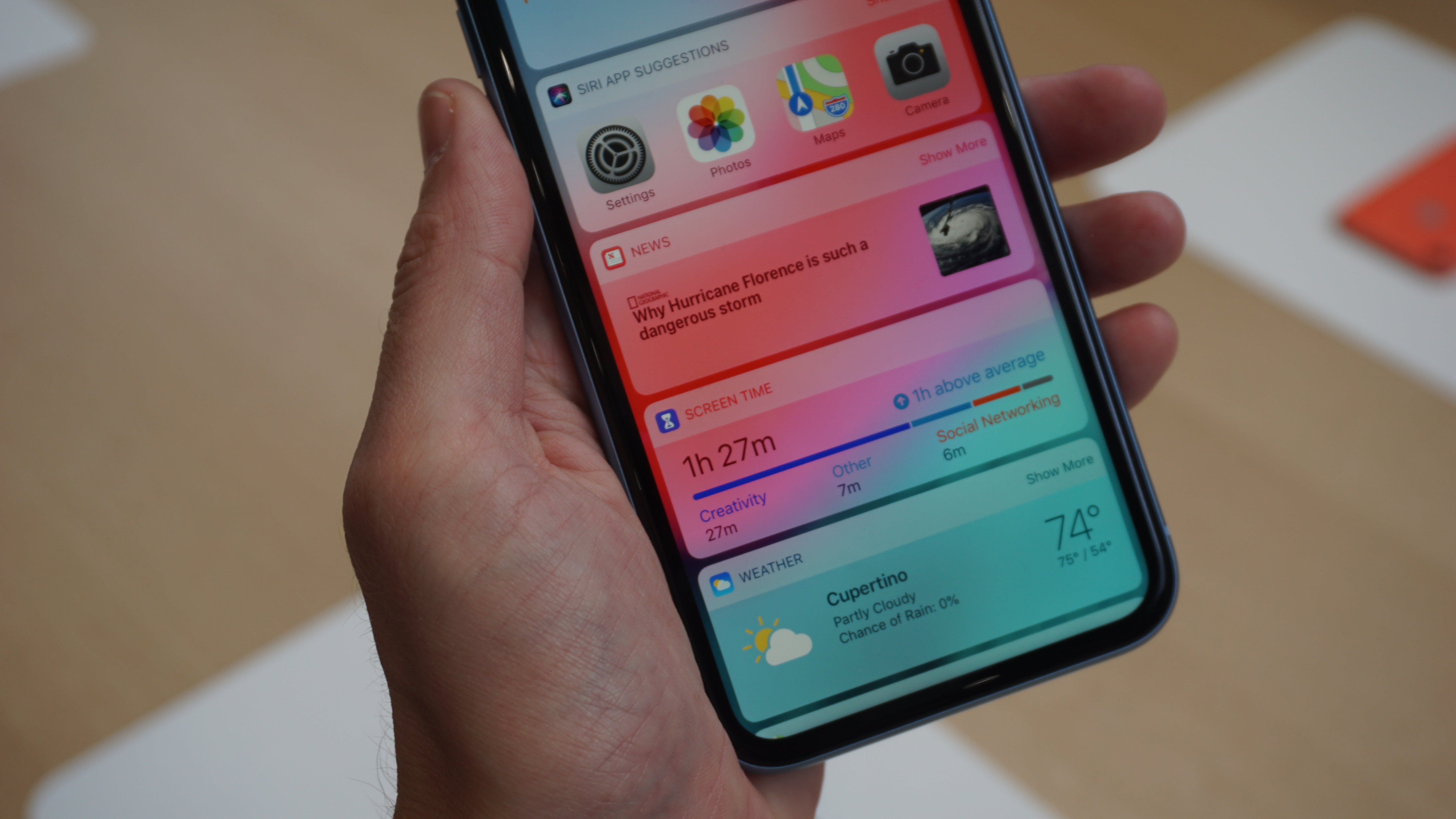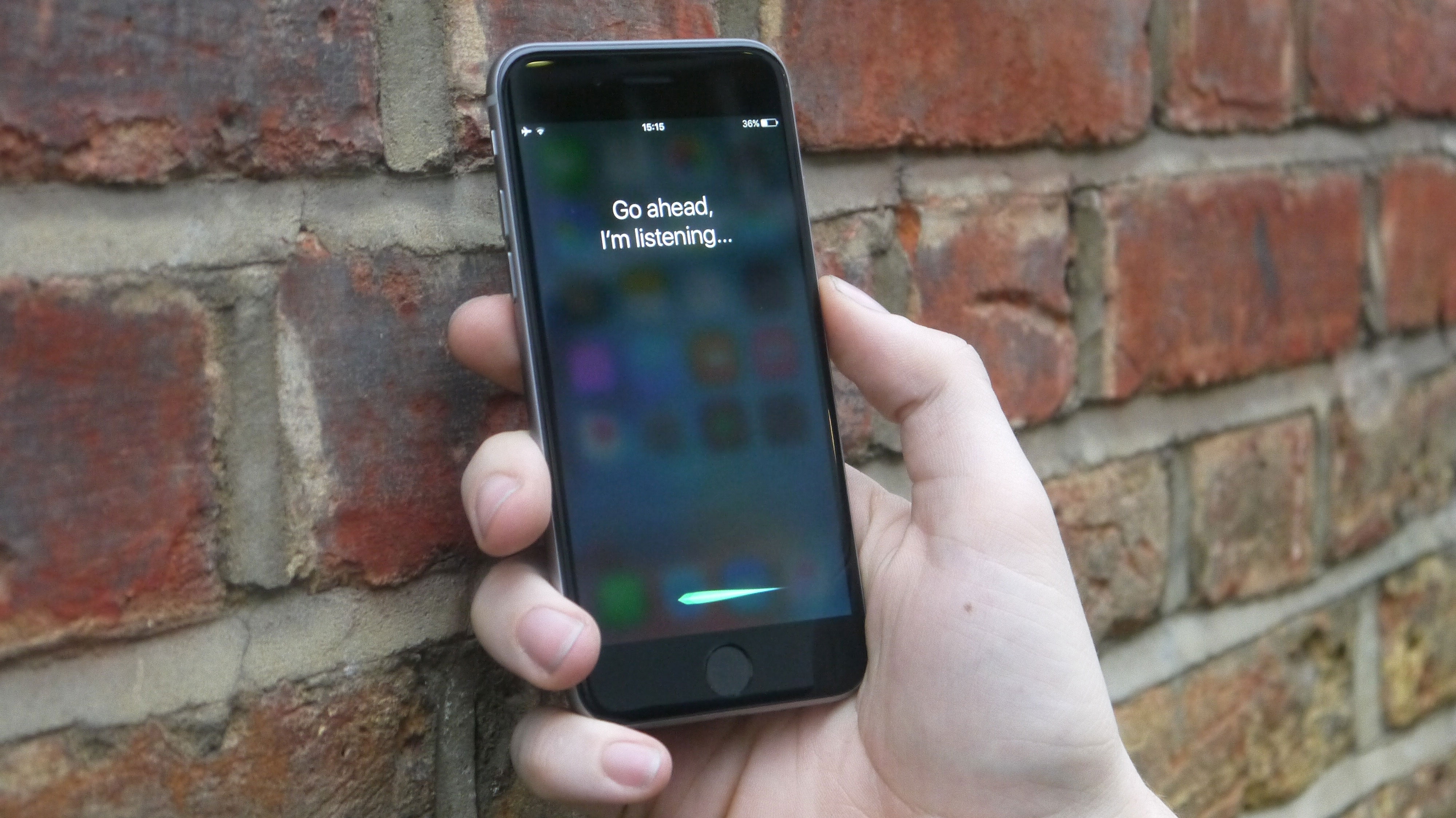What we've learned about iPhone 11 from iOS 13
See what the iPhone future holds

Apple unveiled iOS 13 - its next big software update to hit iPhones later in 2019 - at its WWDC 2019 keynote, and while we know it will come to current iPhones, we also expect it to feature on the iPhone 11.
While Apple hasn't confirmed any details about the next iPhone - not even its existence - the Cupertino, California based firm tends to run its launches like clockwork, so we fully expect to see the iPhone 11 series launch in September.
With a new iPhone (or set of iPhones) on the horizon, we can use the information announced during the iOS 13 launch to give us clues as to what you may be able to expect from Apple come September.
- What do we already know about the new iPhone 11?
- What we know about iOS 13 | macOS 10.15 | watchOS 6 | Mac Pro
- This is what we know about Android Q
An improved front-facing camera
There are two aspects to iOS 13 which use the front-facing camera – the first is expanded Memoji options, so you can add new hairstyles, accessories, and clothing, as well as do more with your Memoji, and the second is an improved portrait mode that lets you change the intensity of light in selfies.

The iPhone XS has a 7MP selfie camera with 3D time-of flight sensor which isn’t exactly market-leading, as rival Android handsets have much more powerful offerings, such as the 32MP front facing option on the Honor 20 Pro.
If Apple was to optimize the iPhone 11 for these features, we can see it upgrading its selfie snapper with a higher resolution, larger sensor and perhaps even a second camera for more impressive Portrait mode shots.
Better battery life without an increase in size
Apple's iPhones aren't exactly known for their fantastic battery life, but several upgrades with iOS 13 could see battery life improve substantially – which could make an actual battery pack upgrade for the iPhone 11 redundant.
Sign up for breaking news, reviews, opinion, top tech deals, and more.
The first important change is in Apple’s performance upgrades, as many of them are intended to put off battery aging in an iPhone for as long as possible.
This means the phone’s battery capacity would stay higher for longer, and increase the lifespan of the product.

Dark Mode, one of the major additions to iOS 13, turns the interface colors black and dark grey (from white and grey) and this could reduce the amount of power the screen uses, as OLED screens simply 'turn off' pixels to create black, so the device wouldn't use nearly as much power with massive black backgrounds.
Between these two upgrades, we’d expect the battery life of the iPhone 11 to be substantially longer, and perhaps the phone could even last a full day of heavy use. In fact, it could be so good that Apple decides against improving the battery capacity.
The iPhone 11R could have an OLED display
One major difference between the iPhone XR, the affordable XS handset, and its siblings is that it had a Liquid Retina display instead of OLED.
There are a few ways Liquid Retina is different from OLED, but one of the most significant is in black reproduction – to create black on-screen, Liquid Retina displays all the colors at once, instead of turning off the pixels in OLED, so blacks look brighter, more colorful and less, well, black.

If you were to use iOS 13’s Dark Mode in an iPhone XR then, you wouldn’t be saving battery as in the iPhone XS, and you’d actually be using up power at a faster rate. This isn’t ideal, especially for a phone that’s supposed to be a durable budget alternative.
Instead, we could see Apple upgrade it’s lowest-end handset in terms of screen specs, to give the iPhone 11 R, or whatever it ends up being called, an OLED display, so it can make the most of iOS 13.
A more convenient Siri
If you want to summon Siri on a new iPhone using the handset, you have to press and hold the power button – that’s alright for some, but it’s not exactly convenient as you have to move your hand to reach it.
In comparison many Android phones have different, much better alternatives, like the Google Pixel 3’s Active Edge in which you just need to squeeze the phone to bring up Google Assistant.

One of iOS 13’s features is a new and improved Siri, with a more natural sounding voice so it doesn’t feel like you’re speaking to a robotic assistant – but that’s no use if it’s a pain to summon Siri.
Instead, if Apple made summoning Siri easier, we’d be sure to use it a lot more for our everyday needs.
Admittedly iOS 13 doesn’t provide heaps of evidence for this conclusion, but it’s a change we’re hoping to see in the new iPhone 11 anyway, and Apple really needs to find a solution to the problem if it wants to stay competitive.
A chipset optimized for gaming
iOS 13 is bringing loads of performance optimizations so that iPhones run quicker and smoother – but that’s usually the job of the chipset.
We’re expecting to see an A13 Bionic processor in the new iPhone 11 – we haven’t heard anything about it, but each new iPhone has a new chipset, and it was the A12 Bionic last year, so it doesn’t take Sherlock to conclude that there will be new internals in the iPhone 11.

But if this chipset isn’t going to be as performance-focused as past A Bionics, since iOS 13 is doing the heavy lifting, what will it be optimized for?
The answer could be revealed by a small piece of news in that iOS 13 is compatible with PlayStation 4 and Xbox One S controllers, letting you play Apple Arcade on your phone.
That makes it sound like the iPhone 11 is intended as a great phone for gamers, so we could see the A13 Bionic chipset optimized for gaming – it could render high-quality games graphics, have a quick refresh rate, and not burn down the battery while playing long intensive bursts of games.
We’ll find out all about the new iPhone 11 later in the year, as Apple usually hosts its launch event in September, so stay tuned for all the latest Apple news from TechRadar.

Tom Bedford joined TechRadar in early 2019 as a staff writer, and left the team as deputy phones editor in late 2022 to work for entertainment site (and TR sister-site) What To Watch. He continues to contribute on a freelance basis for several sections including phones, audio and fitness.